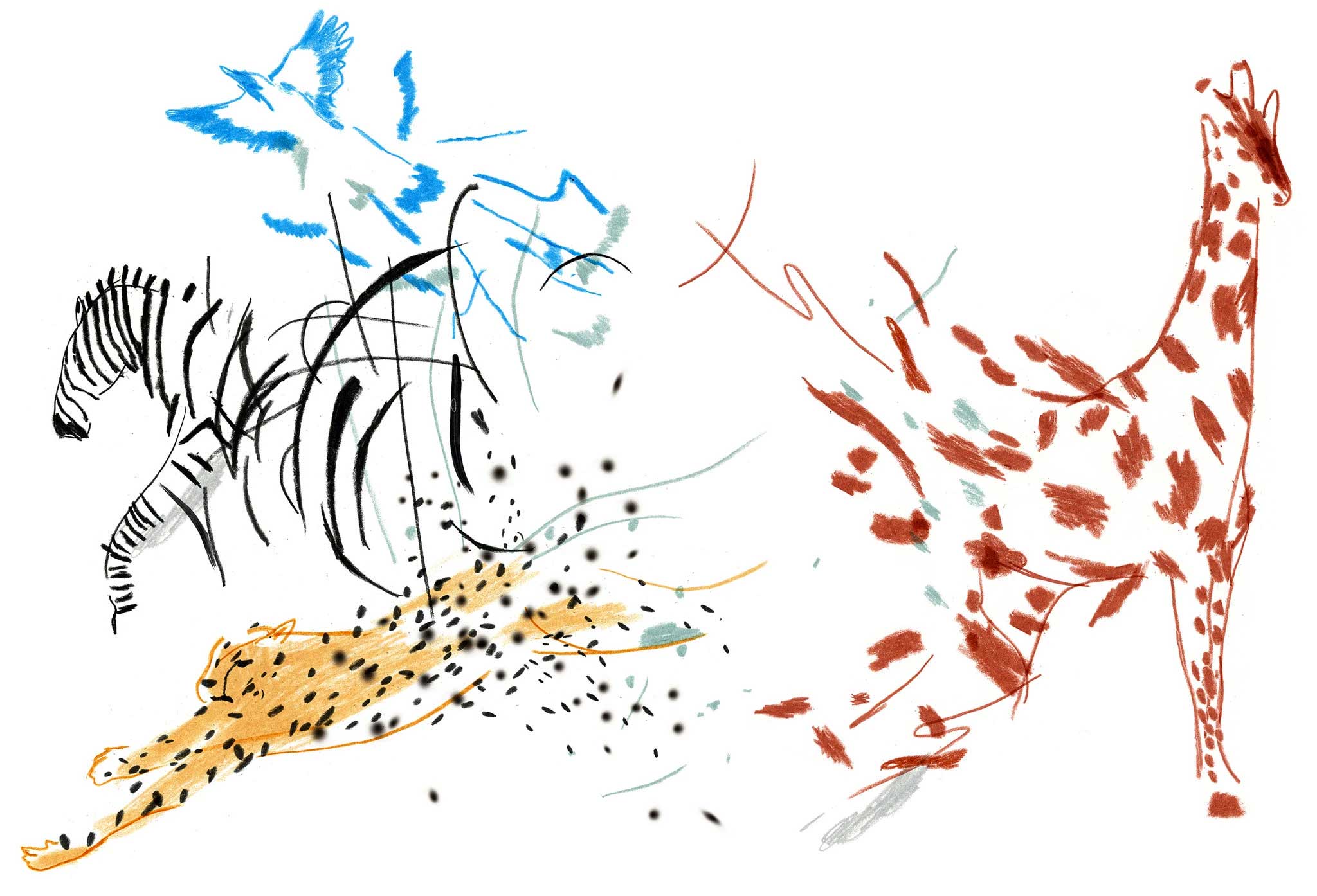This past Sunday in The New York Times, there appeared an opinion piece written by the renown biologist Edward O. Wilson, titled “The Global Solution to Extinction” (Mar. 13, 2016, Sunday Review section). He writes about the extinction crisis that is wiping out the web of life that stretches across this planet, and then gives his proposed solution for saving most of what’s left. First, this is how he frames the problem:
Civilization is at last turning green, albeit only pale green. Our attention remains focused on the physical environment — on pollution, the shortage of fresh water, the shrinkage of arable land and, of course, the great, wrathful demon that threatens all our lives, human-forced climate change. But Earth’s living environment, including all its species and all the ecosystems they compose, has continued to receive relatively little attention. This is a huge strategic mistake. If we save the living environment of Earth, we will also save the physical, nonliving environment, because each depends on the other. But if we work to save only the physical environment, as we seem bent on doing, we will lose them both.
He is absolutely correct that loss of biodiversity — which is occurring at a rapid pace, all around the globe — perpetually gets such little attention; but I think that all issues related to what we are doing to the planet, comparatively and substantively speaking, get very little attention. Further on in the piece, he writes:
The global conservation movement is like a surgeon in an emergency room treating an accident victim: He has slowed the bleeding by half. Congratulations, we might say — even though the patient will be dead by morning.
Unless we wish to pauperize the natural world drastically and permanently … we, the current inheritors of this beautiful world, must take more serious action to preserve the rest of life.
What is his solution? (Actually, I’ve read the same or similar-enough ideas as this, proposed in the past; and we’ll likely see more and more of a push for this sort of remedy in the future.) Here is what he says we must do:
The only way to save upward of 90 percent of the rest of life is to vastly increase the area of refuges, from their current 15 percent of the land and 3 percent of the sea to half of the land and half of the sea. That amount, as I and others have shown, can be put together from large and small fragments around the world to remain relatively natural, without removing people living there or changing property rights.
I wouldn’t necessarily agree that we should aim towards going about doing this without addressing population (carrying capacity for these regions) or the issue of property “rights.” On this last issue, I am reminded of a sentiment (purportedly, it’s been misattributed to the American Indian, Chief Seattle) expressed that (and I’m paraphrasing from memory here) “In our culture, the concept is alien to us. We no more believe that an individual can ‘own’ the land, than believe an individual can ‘own’ the sky, or the wind, or the air that we all breathe.”
But since we need to act posthaste on this, I wouldn’t, of course, be against implementation of this (Wilson’s proposed solution) as an interim step, even as I would simultaneously continue to push for a more solid, substantive solution.
One more thing. I would advocate for the insertion of a single word: the word over. Rather than “increase the areas of refuges … to half of the land and half of the sea,” I would strongly urge that we set the mark at “over half of the land and over half of the sea.” That might seemingly accomplish nothing, since, mathematically speaking, “51 percent” would satisfy that directive. However, what it accomplishes is it leaves the door open for future discussion on what that specific percentage we need to aim for should be.
Edward O. Wilson’s 32nd book, Half-Earth: Our Planet’s Fight for Life, is now available in bookstores.

